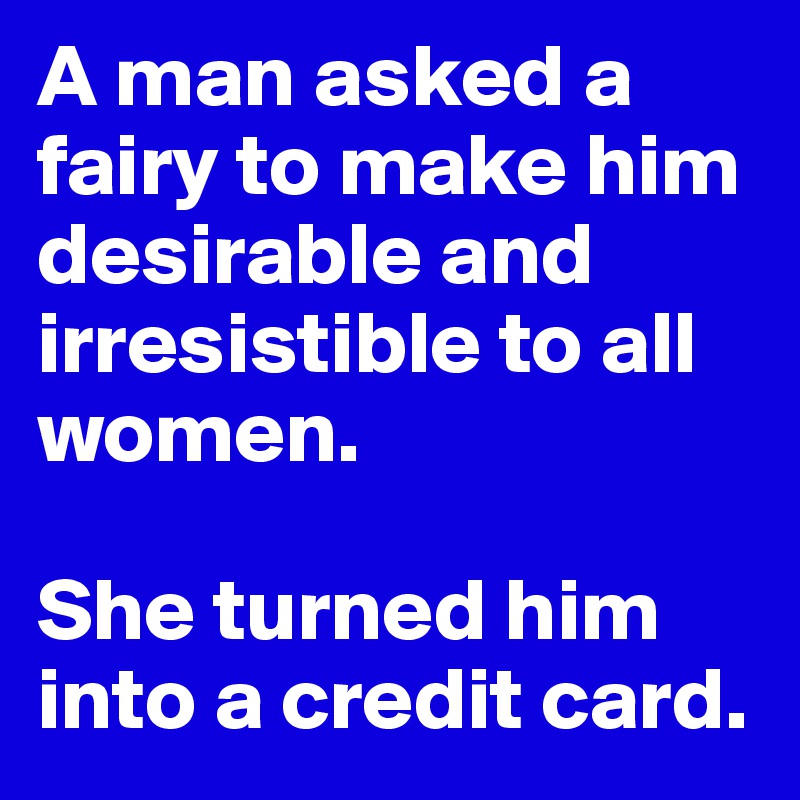In times of financial emergencies, credit cards could be your knight in shining armour. We've magnified some of the properties you should look for in an emergency credit card.
Several terms have been coined to ideally describe a state of financial 'emergency' – some call it bad luck, poor timing, dead broke, while others just call it plain old not having tangible cash!
Whatever the moniker, its fundamentals don't change because when a money emergency occurs and you've exhausted all possible options of keeping your head off life's chopping block, the plastic that you keep tucked only for emergencies just might keep you buoyed for the time being.
In the spirit of yielding an umbrella in the wake of looming dark clouds (yes, directly translated from Bahasa Malaysia), we've identified key points that you would need to look for in an emergency credit card that could wipe your worries away in almost any comprehensible conundrum.
Low-Interest Rate
Scrubbing through the myriad of credit cards available in the market for this attribute comes second nature to every credit card hunter.
No doubt a low-interest rate might trigger your frivolous spending if treated as a regular credit card, but it serves emergency credit cards best with rates as low as 8.8% p.a as opposed to the standard 15% - 18% p.a.
Should you diligently be able to keep the low-interest rate credit card only for emergencies, you will find that the fat bill you just swiped will not incur a painful interest rate that could keep you from settling the outstanding amount. Conversely, it would definitely mean a steep climb toward clearing the debt post-emergency.
No Annual Fee
Most cards in the Malaysian market offer credit cards with annual fees at a flat zero, however many only offer the benefit if you swipe more than 12 times a year. This is a hassle if you don't plan to use your emergency card often (or are you expecting 12 emergencies per year?).
From a logical standpoint, should you be signing up for an emergency card, an annual fee of any sort would be a rent-my-pocket fee for no good reason. So do read the terms to find a credit card that truly is free for life without the conditions.
Having an annual fee on plastic that you hardly swipe other than during times of desperation would only add to your credit burden. By desperate situations, we don't mean Black Friday (you have cashback credit cards for that)!
Low ATM Withdrawal Fees
A little intertwined with the low-interest rate from the point above, low ATM fees also prove to be a strong necessity in emergency credit cards.
In the event that your plastic swiping abilities are ineffective due to a desperate need for tangible cash, an emergency credit card with low cash withdrawal fees would be your best bet as credit cards typically have quite a large fee on cash withdrawals.
Rock bottom ATM fees allow you to take the monthly installment in healthy strides and like the aforementioned, these cards are supposed to come to your rescue, not drown you in endless debt.
High Credit Limit
Credit cards offer a different range of credit limits even though they follow Bank Negara guidelines on the issue, and one with a high spending limit is most welcome during times of financial emergencies.
This means that the credit limit you receive even though your salary is the same on all applications may differ from bank to bank unless your salary is between RM2,000-RM3,000 per month. Your credit record on CCRIS will also play a part in how much of a limit you are given.
Sometimes a little trial and error are in order. If a card you applied for is not giving you a good deal -cancel it and get a new one!
Emergencies such as hospitalisation and perhaps being completely stranded in a foreign country might end up being pretty exorbitant, and the last thing you need is an emergency credit card that is not able to serve its purpose.
Protection and Insurance
This doesn't mean you get to ignore your medical card insurance altogether because that in itself can be considered an emergency fund.
However, you can find other kinds of protection for travel and personal accident linked to credit cards. More commonly found in travel credit cards, this attribute is indeed a commodity for emergency credit cards.
In ill-fated incidents that occur overseas such as losing all of the local currency or simply running out of them, travel credit cards can prove very helpful in avoiding distasteful encounters with foreign authorities, immigration, or both!
Other perks of an emergency credit card that can serve you out of the country are one that can be accountable for lost baggage and hospitalisation, which are the most popular from a wide list of coverage depending on card exclusivity.
Alleviating the Unforeseen Circumstances
Its no doubt, there are some amongst us who can survive the strike of an unfortunate event that creates a financial state of emergency with no emergency credit card, but that does not completely grant anyone immunity from ridiculously expensive emergency scenarios.
You might even be a regular card owner and making sure your current credit card has checked as many as possible out of the above and will surely come to your aid in good times as well as troubles.
If the incredible amount of credit cards in the market confuse you, be sure to check out our credit card comparison for emergency credit cards and more to suit your lifestyle.
Source: https://ringgitplus.com/en/blog/Credit-Cards/How-to-Pick-an-Emergency-Credit-Card.html














